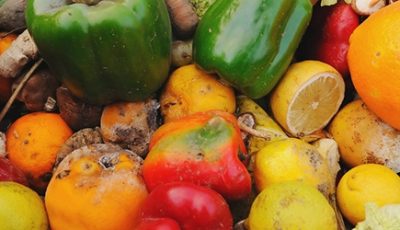Using Dry Anaerobic Digestion to Break Down Food Waste

The United State Environmental Protection Agency (USEPA) has a goal of 50% reduction in food waste to landfill by 2030.
This means that of the 53 million tons of food waste disposed of in landfills, 26.5 million tons must be diverted. Compost and Anaerobic Digestion (AD) together process 2.7 million tons/year food waste – and most of composted tonnage is yard waste. This means that food waste diversion will need to increase in next 15 years by 1000%, or 1.8 million tons per year.
Anaerobic digestion is one of the few ‘off the shelf’ technologies that is being used increasingly to manage food waste. To illustrate this, in a recent Waste360 article entitled “Breaking Down Anaerobic Digestion,” Jeffrey Draper, Senior Vice President of Zero Waste Energy LLC (ZWE), discussed the benefits of dry AD. According to Draper,
“Dry anaerobic digestion with ZWE’s SMARTFERM technology can provide a fully closed loop system. Its only byproducts are methane, which can be converted into electricity or CNG, and digestate, which can be finished into compost.
There is little water input and no sludge or other waste output. Dry anaerobic digestion can help organizations achieve diversion and environmental goals. In fact, CNG generated from dry anaerobic digestion is carbon negative.”
EREF has published a report entitled “Anaerobic Digestion of MSW: Report on the State of Practice.” This report shows that substantial growth in AD of food waste is expected in the foreseeable future, with dry AD in particular being more commonly used at facilities where food waste is a primary feedstock.
Click here to download an Executive Summary of the EREF report. The full report can be purchased online at www.erefdn.org. EREF’s Internal Research Program (IRP) was developed to aggregate and analyze solid waste data.
The program also provides valuable experience to undergraduate and graduate students who assist in data gathering and analysis. Fees charged for IRP reports are used to provide internships to college students who assist in data gathering and analysis efforts for the Internal Research Program.







